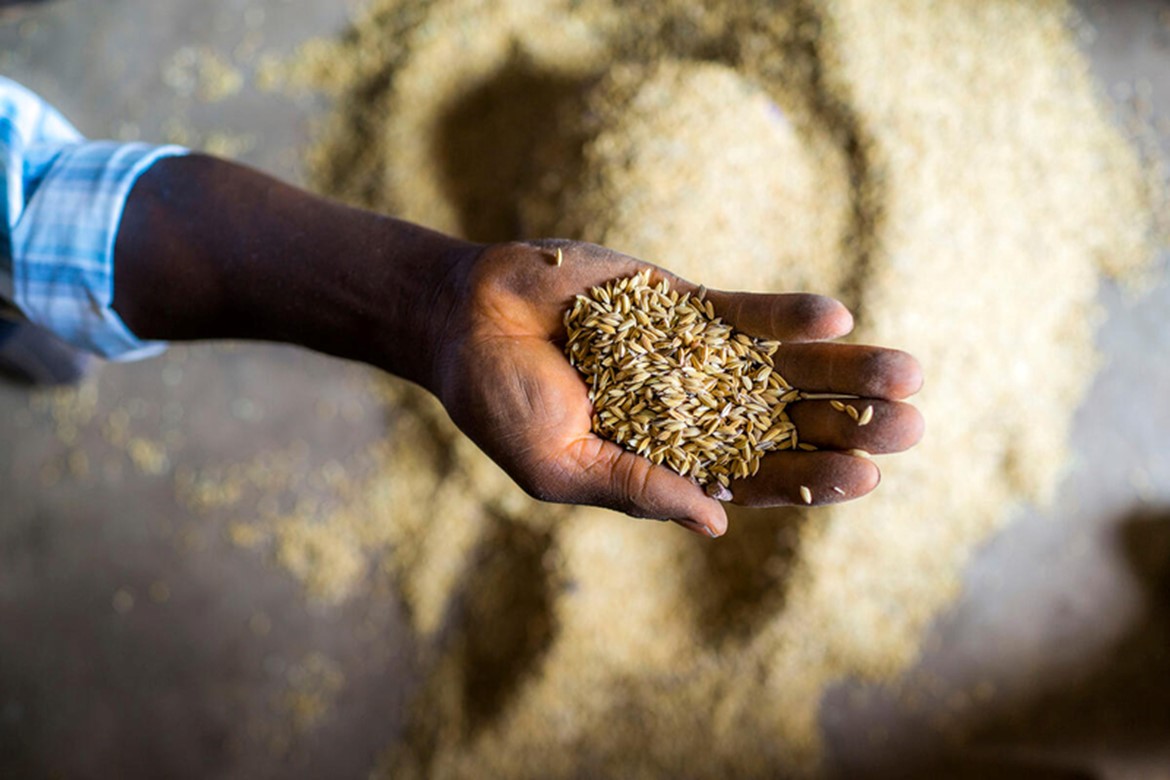Half of the world eats rice. Are you one of them?

When we protect plants,
we protect lives.
#PlantHealthDay
Rice (Oryza sativa) is the most important staple food for more than half of the world's population. Rice is a primary source of calories and nutrition, especially in Asia, where it accounts for a significant portion of daily caloric intake. Rice plays a crucial role in food security, especially in low-income, food-deficit countries.
Major pests/pathogens:
- rice blast disease
- rice weevil
- sheath blight
- rice tungro disease
Economic value:
- In 2024, the global rice export market was valued at approximately USD 25 billion (source).
- Global rice production has steadily increased, reaching approximately 510 million tonnes of milled rice in 2023.
- The rice market is vital for the economies of many developing countries, providing income and employment for millions of people.
Cultural value:
- Traditional rice farming systems, such as the rice terraces in the Philippines and the Hani rice terraces in China, are recognized as Globally Important Agricultural Heritage Systems (GIAHS) by the FAO.
- Rice is used at wedding ceremonies to symbolize fertility in some Asian cultures, as offering to Hindu gods for sustenance and gratitude, and as a sacred offering during Shinto rituals.
- In Thailand, rice plays a central role in various festivals, such as the Royal Ploughing Ceremony, which marks the beginning of the rice-growing season and is believed to bring good fortune.
Fun facts:
- In Japan, there is a tradition of creating intricate art using colored rice grains, known as "tanbo art."
- Svalbard Global Seed Vault, often referred to as the "Doomsday Vault," is a secure backup facility for the world's crop diversity, including rice. Located on the Norwegian island of Spitsbergen in the Arctic Svalbard archipelago, it stores millions of seed samples from around the globe, making it the most extensive and secure plant gene bank in the world.
Why does protecting plants and crops matter?
Plant pests destroy up to 40 percent of global crops annually. Protecting plants can help:
- Achieve a zero-hunger world
- Reduce poverty and inequality
- Protect biodiversity
- Support livelihoods of rural farmers
- Sustain economies around the world

